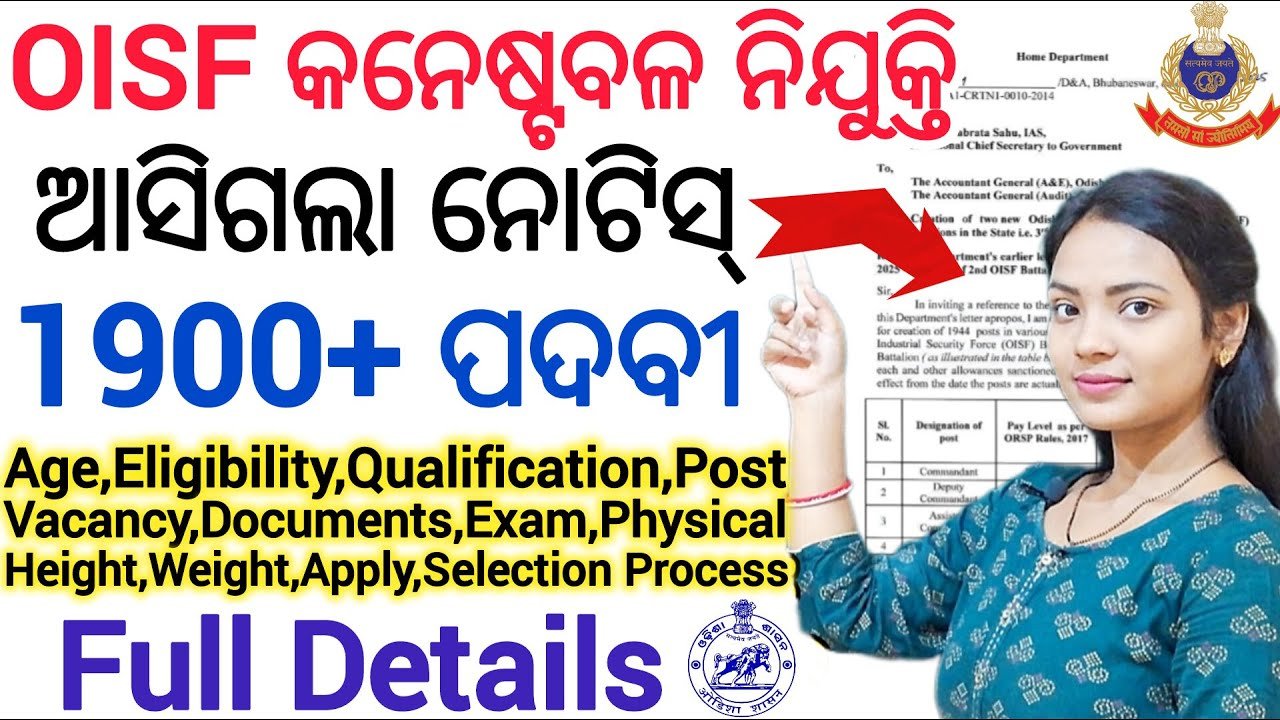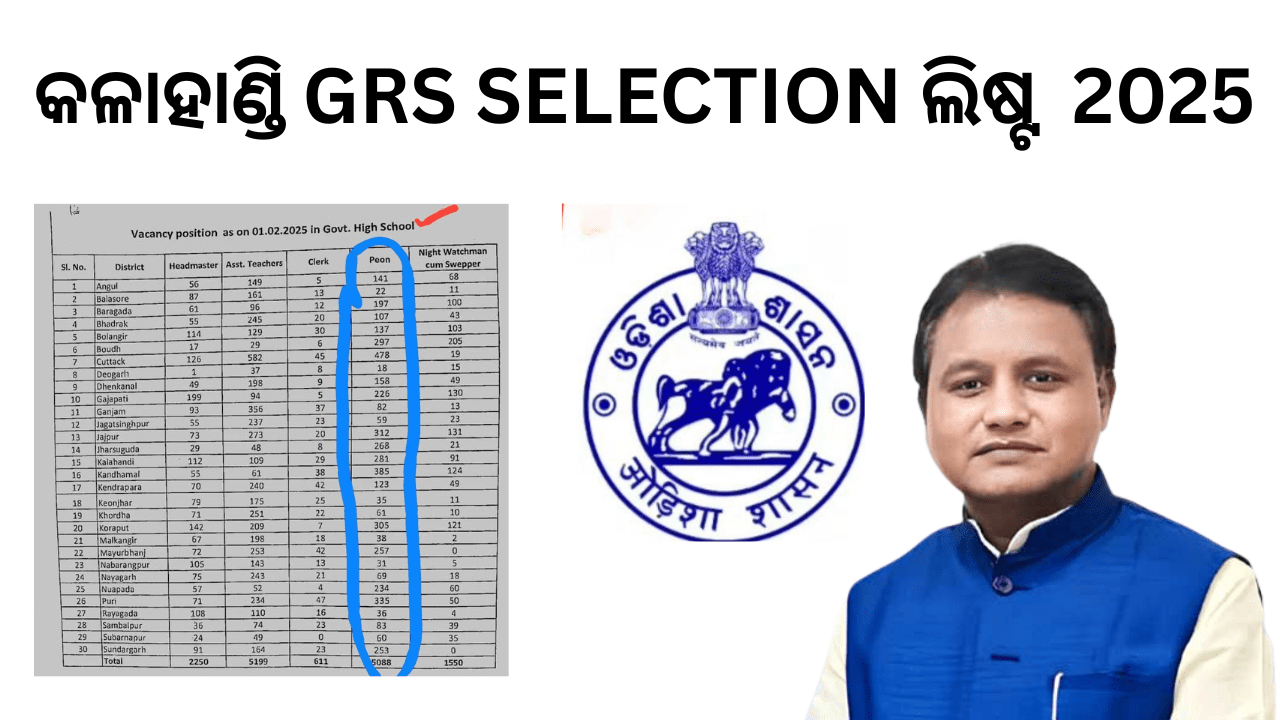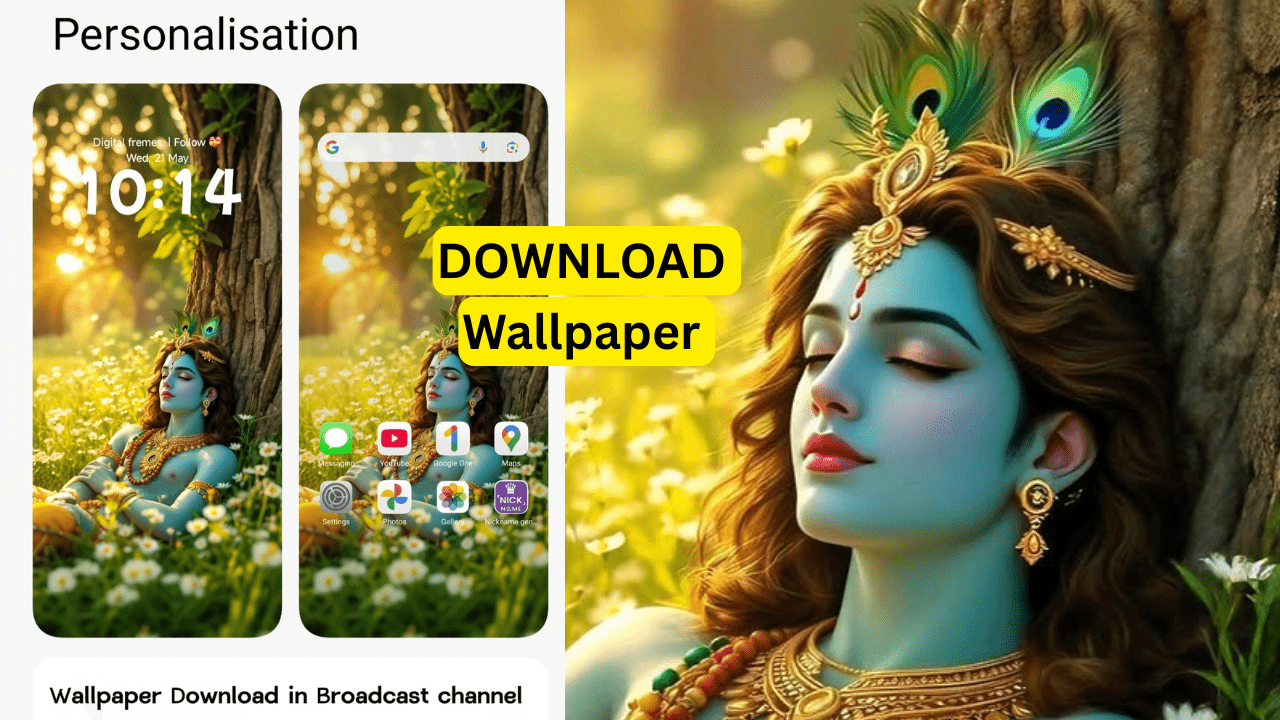Disclaimer: The printing of Indian currency notes is a highly regulated and illegal activity if done without authorization by the Government of India. This article is for informational purposes only and does not endorse or encourage any unlawful actions. Counterfeiting currency is a serious criminal offense under Indian law (Sections 489A to 489E of the Indian Penal Code), punishable by imprisonment and fines.
Table of Contents
ToggleHow Indian Currency Notes Are Produced: An Overview
Indian currency notes are produced under strict security protocols by government-authorized institutions. Below is a detailed breakdown of the process, materials, and institutions involved:
1. Legal Framework
- Authority: The Reserve Bank of India (RBI) governs currency issuance, while the Government of India (via the Ministry of Finance) oversees printing.
- Laws: The RBI Act (1934) and the Security Printing and Minting Corporation of India (SPMCIL) regulate production.
2. Specialized Paper
Indian currency notes are not printed on ordinary paper. They use a unique blend of materials:
- Composition: 100% cotton or cotton-rag paper mixed with linen for durability.
- Security Features:
- Watermark: A translucent Gandhi portrait or Ashoka Pillar emblem visible when held to light.
- Security Thread: A fluorescent, color-shifting thread embedded in the paper (visible as a silver line).
- Microprinting: Tiny text (e.g., “RBI” or denomination) visible under magnification.
3. Security Inks
Specialized inks with anti-counterfeiting properties are used:
- Optically Variable Ink (OVI): Color-shifting ink (e.g., ₹500/2000 notes show color changes from green to blue).
- Magnetic Ink: Used for serial numbers and RBI seals, detectable by machines.
- Fluorescent Ink: Glows under UV light (e.g., Mahatma Gandhi’s portrait on ₹50 notes).
- Intaglio Ink: Raised ink used for tactile features like Gandhi’s portrait and denomination numerals.
4. Printing Process
Currency notes are printed using a combination of techniques:
- Intaglio Printing: Creates raised textures (e.g., Gandhi’s portrait) for tactile identification.
- Offset Printing: Adds complex patterns and background designs.
- Letterpress Printing: Used for serial numbers and seals.
- Automated Inspection: Each note undergoes digital scanning to detect defects.
5. Printing Facilities
Production is restricted to government-controlled facilities:
- Currency Note Press (CNP), Nashik, Maharashtra: Prints ₹100, ₹500, and ₹2000 notes.
- Bank Note Press (BNP), Dewas, Madhya Pradesh: Produces ₹10, ₹20, ₹50, and ₹100 notes.
- Security Printing Press (SPP), Hyderabad: Prints passports and postal materials but supports currency security features.
- Mysore and Salboni Facilities: Modern units equipped with advanced technology.
The RBI’s Bharatiya Reserve Bank Note Mudran Private Ltd (BRBNMPL) oversees printing in Mysuru (Karnataka) and Salboni (West Bengal).
6. Security Features
Indian notes include over 15 visible and machine-detectable security elements:
- Latent Image: Tilt the note to see hidden denomination numerals.
- See-Through Register: Small symbols on the front/back align perfectly when held to light.
- Fluorescent Fibers: Glowing threads under UV light.
- Windowed Security Thread: Partially embedded and partially visible.
- Year of Printing: Indicated on the note (e.g., 2022).
7. Quality Control & Distribution
- Destruction of Defective Notes: Misprinted notes are shredded onsite.
- RBI Distribution: Notes are transported in armored vehicles to RBI vaults before reaching banks.
8. Counterfeit Deterrence
- The RBI and SPMCIL collaborate with global agencies like the IMF and Interpol to upgrade security features.
- Public awareness campaigns (e.g., “Check Your Notes”) educate citizens on identifying fake currency.
Conclusion
Indian currency production involves cutting-edge technology, specialized materials, and extreme secrecy to prevent counterfeiting. Unauthorized replication is nearly impossible due to the multi-layered security measures. Citizens must report suspicious notes to banks or authorities immediately.
For Legal Inquiries: Refer to the RBI’s official website (www.rbi.org.in) or contact local law enforcement.






